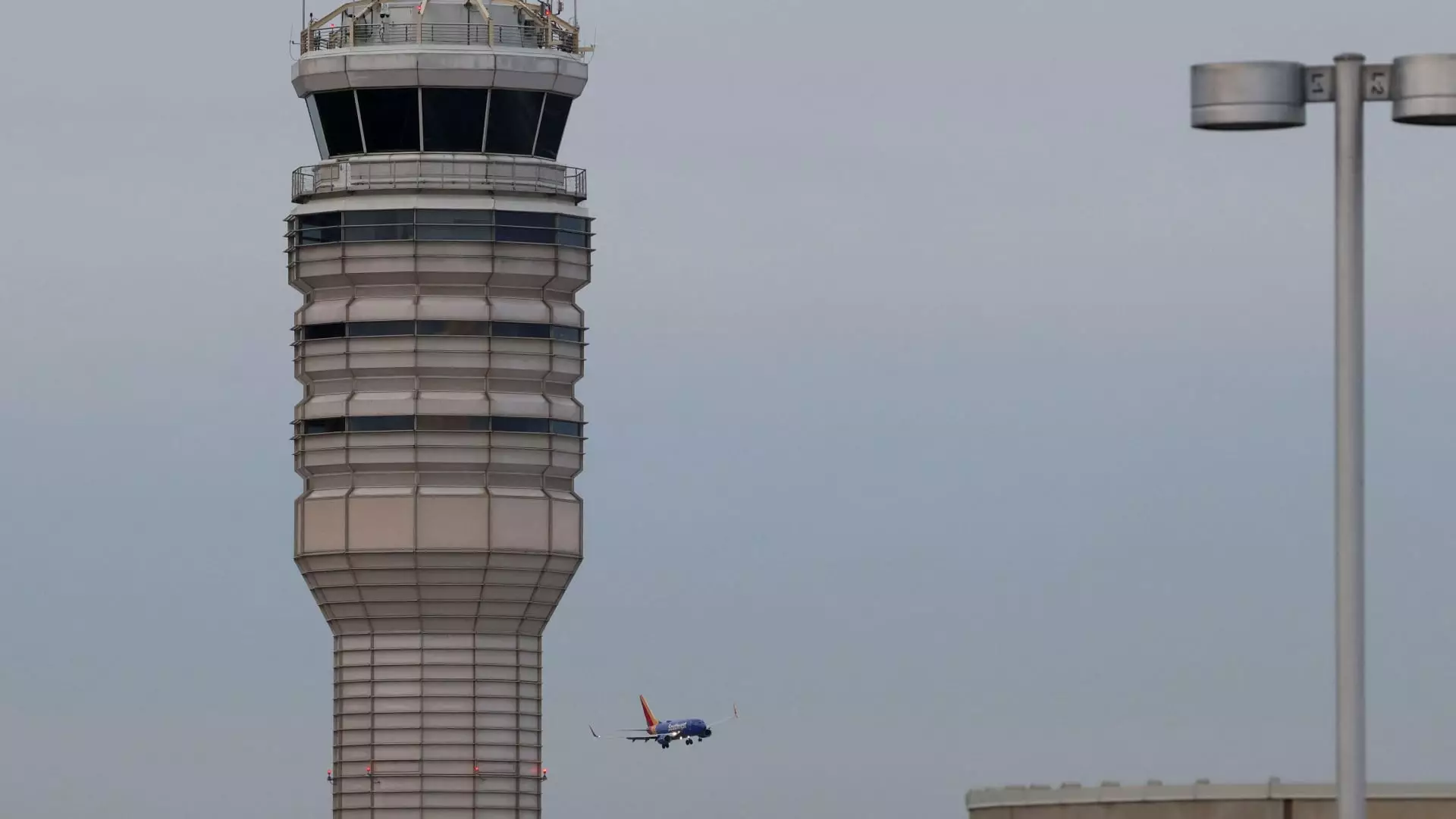In a somber turn of events earlier this week, air travel safety was reverberating through the aviation community following a catastrophic collision between an Army Black Hawk helicopter and an American Airlines regional jet. The incident, which occurred just moments before the plane’s landing at Ronald Reagan Washington National Airport, resulted in the tragic loss of 64 individuals on board the aircraft alongside the three crew members of the helicopter. This unprecedented event marked a significant downturn in commercial aviation safety, prompting immediate action from federal authorities.
Immediate Measures for Safety Enhancement
In response to the accident, the Federal Aviation Administration (FAA) announced stringent restrictions on helicopter flight patterns in the vicinity of Reagan National Airport. Transportation Secretary Sean Duffy elaborated on the urgency of the measure implemented to mitigate future risks, stating in a recent social media communication, “Today’s decision will immediately help secure the airspace near Reagan Airport.” Such proactive measures look to restore public confidence in air safety, particularly as this tragic crash represented the first deadly airline incident in the United States since 2008.
The newly designated restricted airspace stretches from Memorial Bridge to South Capitol Street Bridge, encompassing crucial flight zones for helicopter operations. With the National Transportation Safety Board (NTSB) actively investigating the circumstances leading to the collision, the changes to airspace utilization serve dual purposes: enhancing safety while also allowing for thorough investigations to proceed without complicating the air traffic situation further.
Understanding the Structural Challenges in Urban Aviation
One of the underlying challenges within the air traffic management framework involves the complex interaction of different aircraft types operating in confined urban spaces. Helicopters in Washington D.C. are accustomed to predefined flight tracks due to the dense airspace and the proximity of large buildings. These tracks are essential for ensuring the smooth flow of air traffic, and any deviations can lead to dire consequences, as evidenced by the recent tragedy.
Security and safety for commercial airline passengers are paramount, and the unclear factors surrounding why the military helicopter crossed paths with the incoming American Eagle Flight 5342 only heightens the urgency for clarity and reform within the aviation protocol. In light of this incident, attention must turn towards shining a light on the protocols governing military-civilian airspace interactions to prevent such a loss from reoccurring.
The recent collision has opened up a dialog regarding air safety measures and the necessity for collaborative efforts between military branches and commercial airline operations. As investigations continue, it is imperative for all stakeholders to reassess operational protocols to prioritize the safety of all individuals using the airspace. A tragedy such as this not only calls for immediate corrective measures but also strategic planning to ensure that the aviation sector evolves and remains resilient against future risks. With the FAA’s recent restrictions, stakeholders can hope for a strengthened framework that guards against miscommunication between different sectors of aviation, inspiring renewed trust in air travel safety moving forward.

